Article Review: Hazardous Alcohol Consumption in Irish Universities
VerifiedAdded on 2023/06/11
|6
|1112
|393
Report
AI Summary
This report presents a detailed review of the article "Hazardous alcohol consumption among university students in Ireland: a cross-sectional study" by Davoren, Shiely, Byrne, and Perry (2015). The review follows STROBE guidelines, focusing on study size, statistical methods, and other analyses. The study involved 2,275 undergraduate students from University College Cork (UCC), selected using probability proportional to size (PPS) sampling. Various statistical methods were employed, including BMI measurements and regression/correlation analyses, to determine relationships between variables such as gender, courses of study, and alcohol consumption prevalence. The results indicated that a significant percentage of students met the criteria for hazardous alcohol consumption (HAC), with notable differences based on gender, field of study, and year of study. Further analyses revealed associations between HAC and factors like illicit drug use and house ownership. The study also utilized TeleForm TM scanning to estimate data entry error rates and employed descriptive statistics via IBM SPSS Statistics V.20 and WEMWBS score to examine the mental wellbeing of the sample population.
1 out of 6
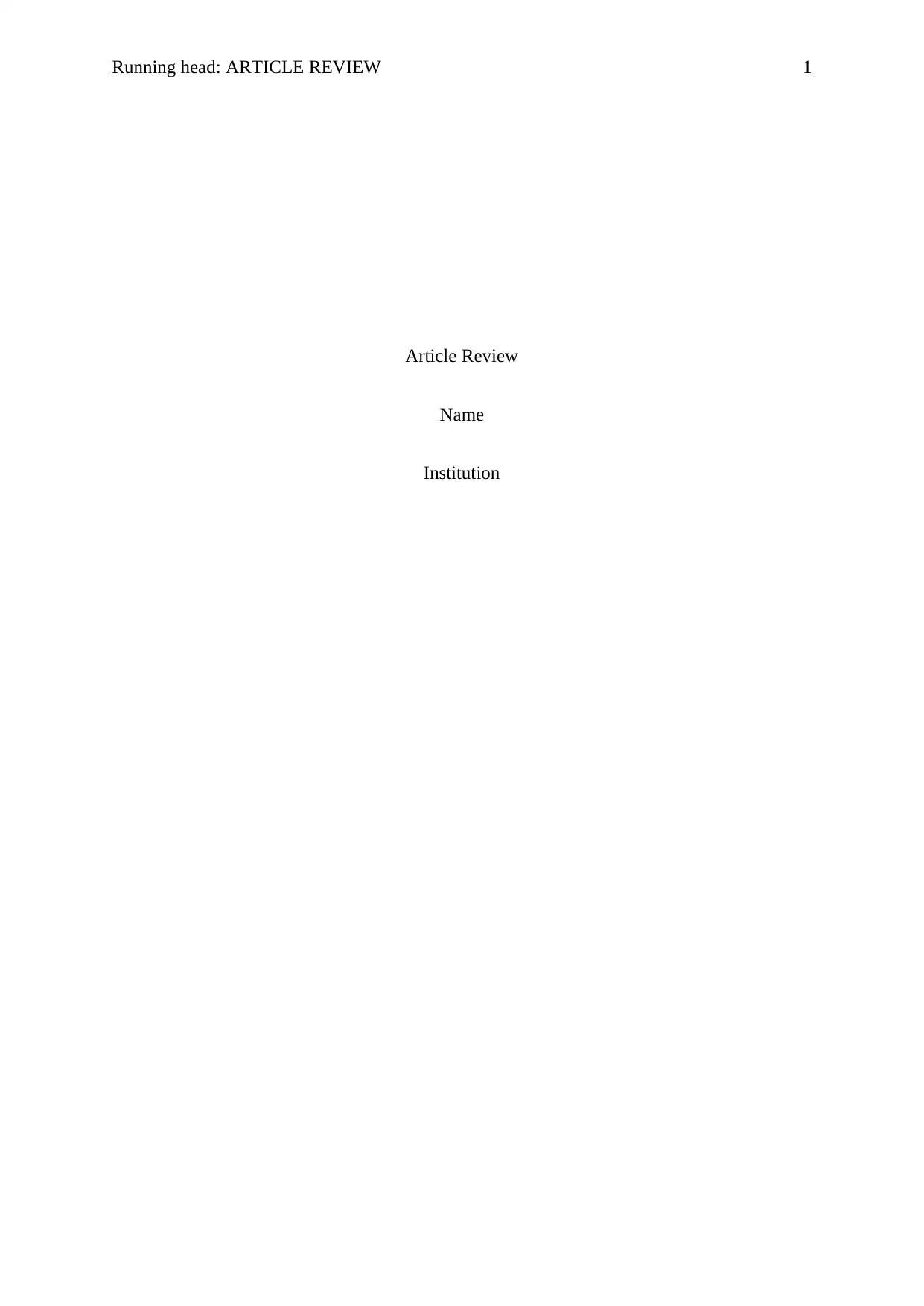
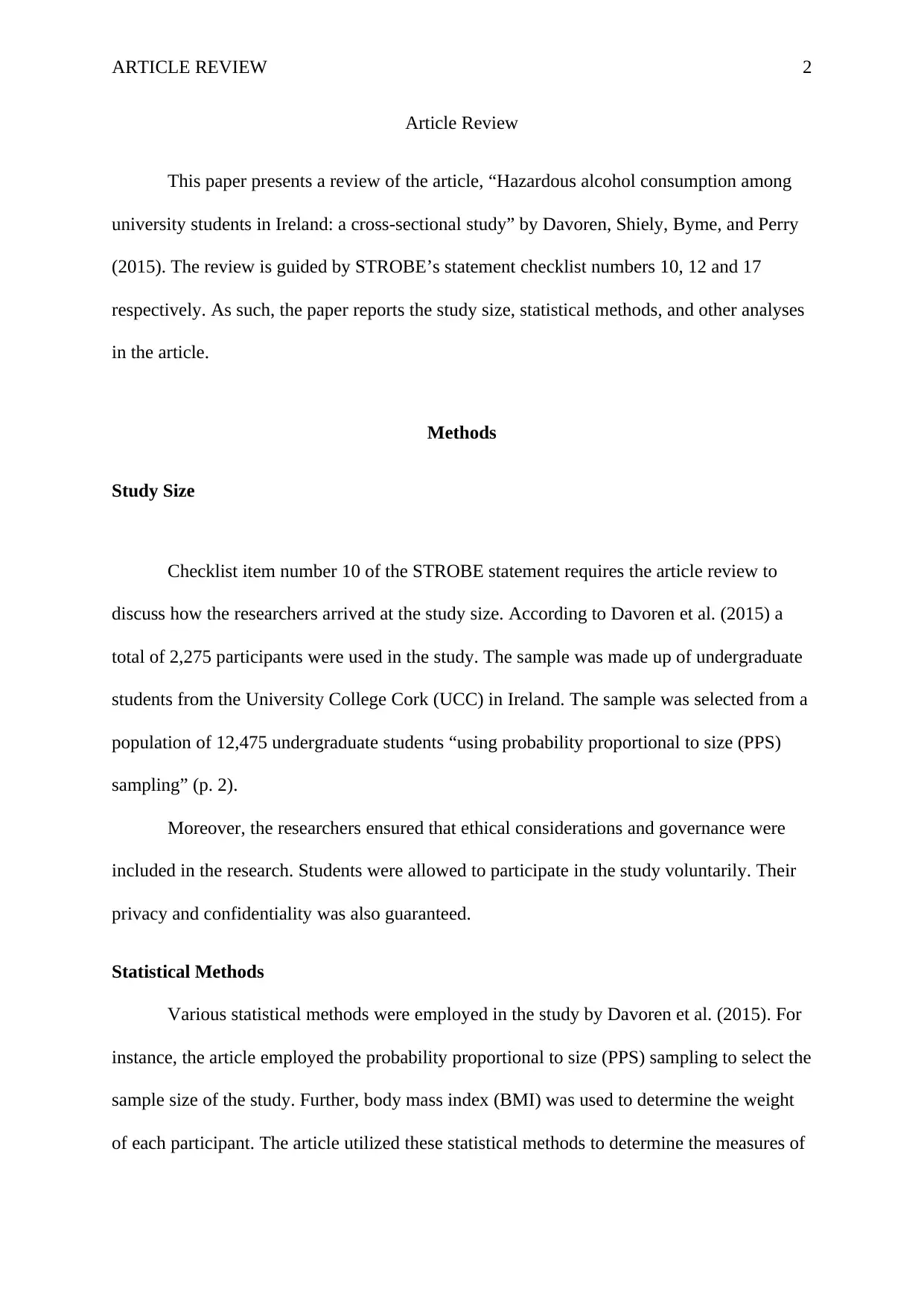
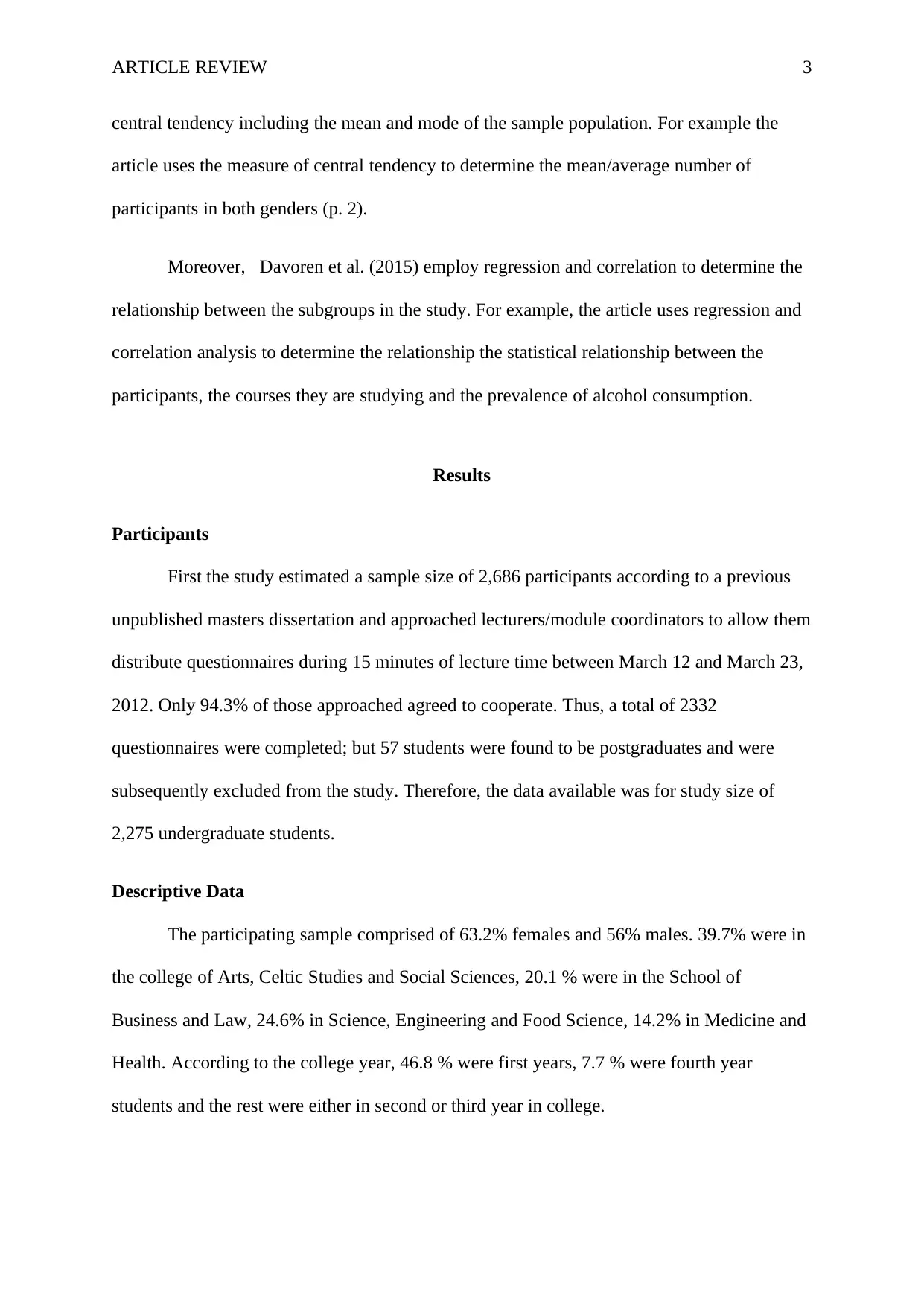

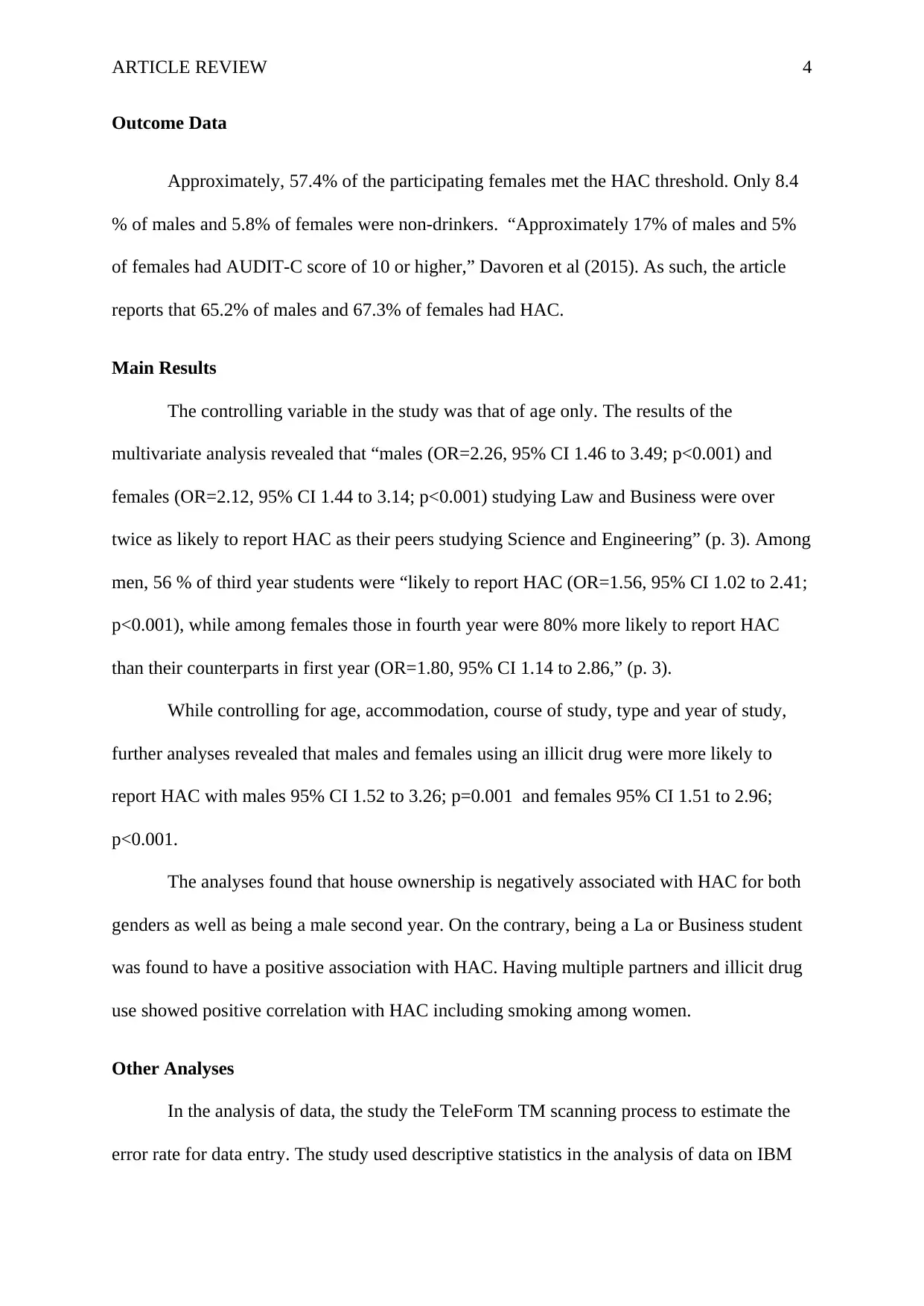
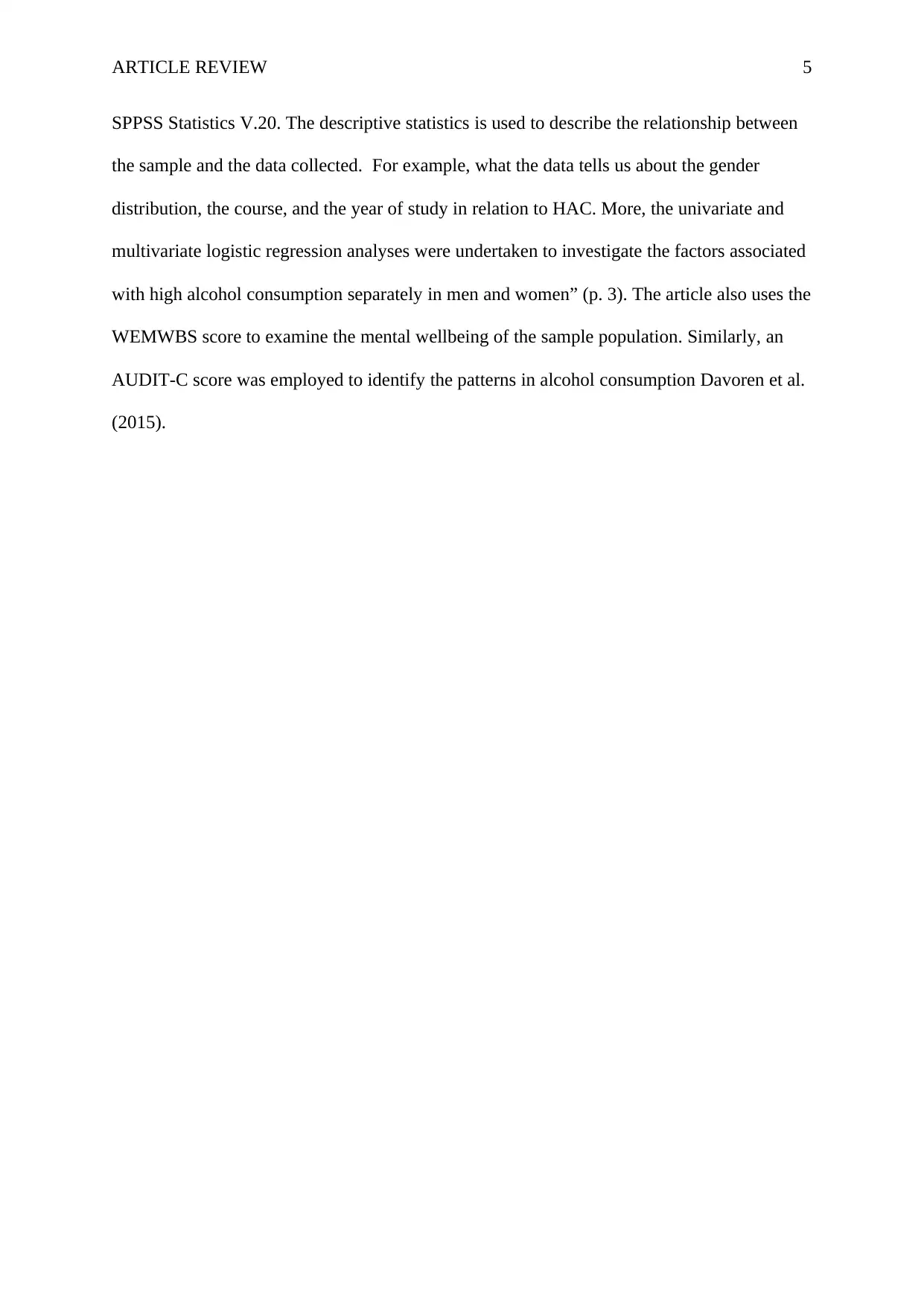
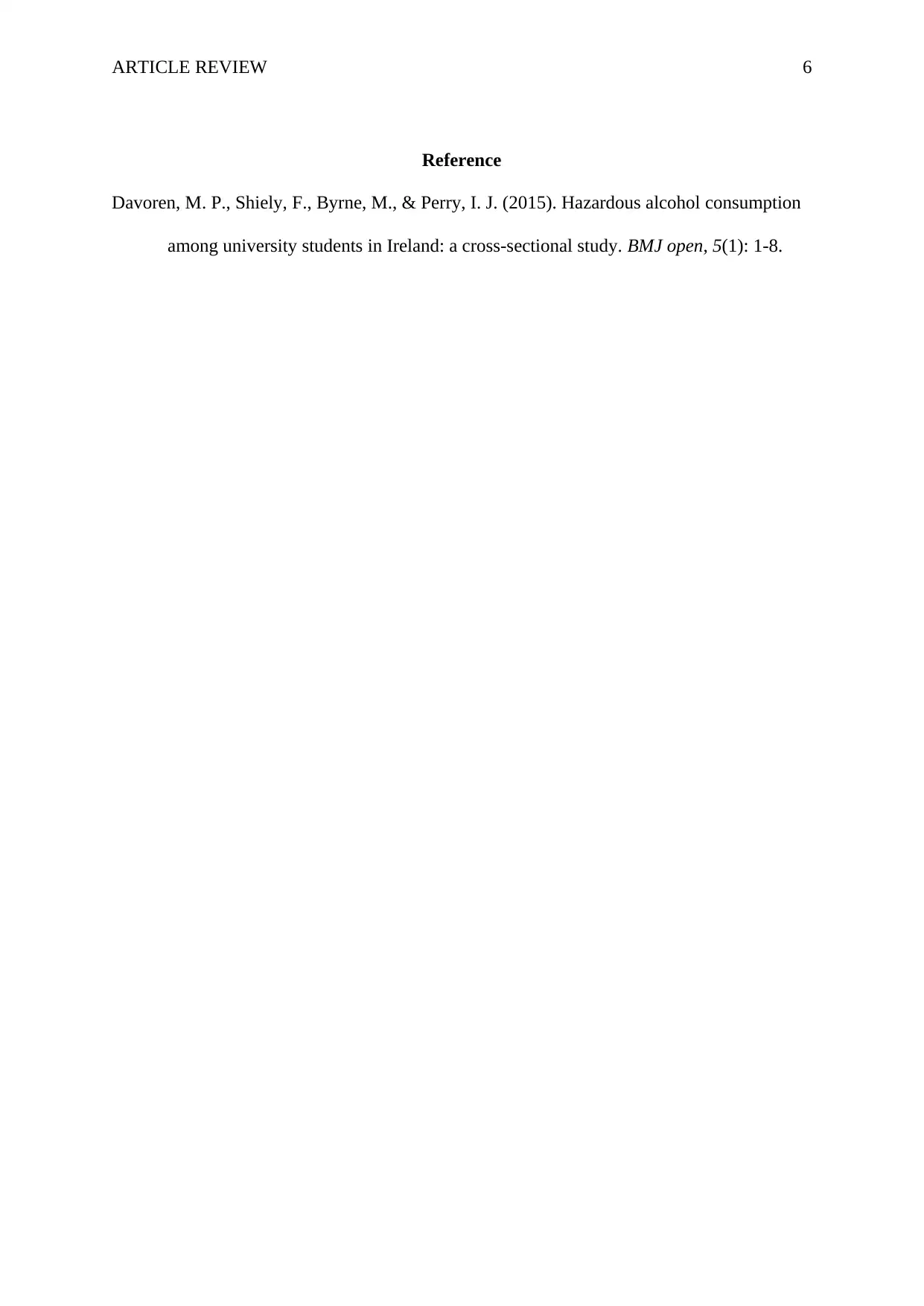






![[object Object]](/_next/static/media/star-bottom.7253800d.svg)